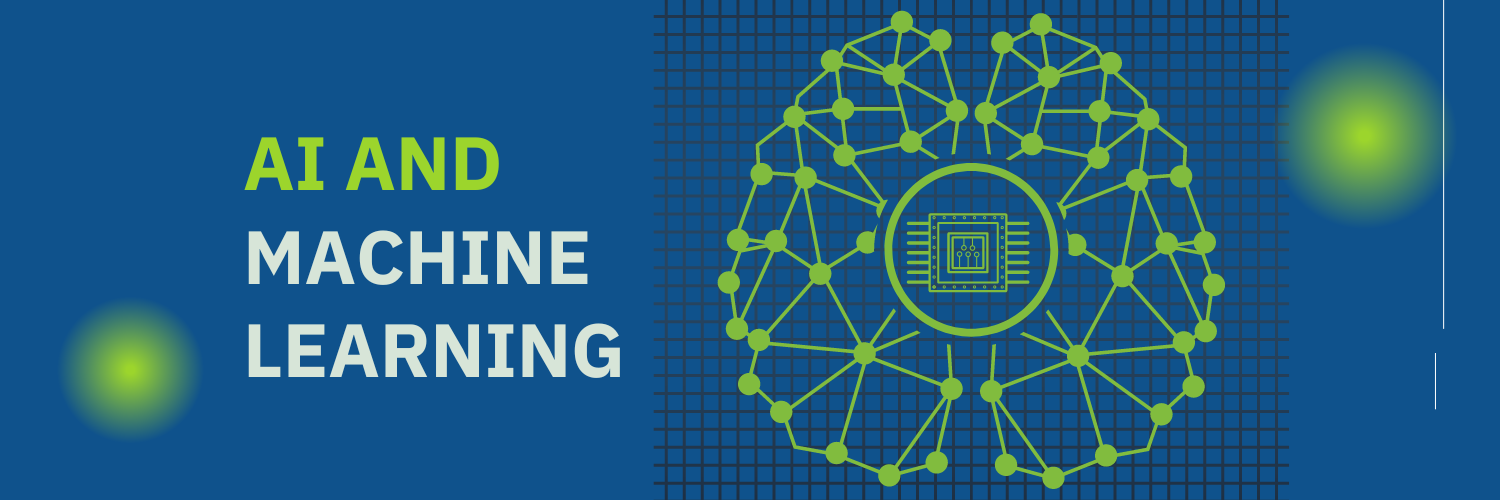Artificial Intelligence (AI) and Machine Learning (ML) are changing the way businesses operate, making everyday tasks smarter and more efficient. These technologies are no longer just futuristic concepts; they’re practical tools that can transform how companies work. By using AI and ML, businesses can automate repetitive tasks, analyze large amounts of data quickly, and offer personalized experiences to customers.
Imagine having a system that helps you predict trends, improve customer service, and optimize operations with minimal human intervention. AI and ML make this possible by analyzing data and learning from it to make better decisions. This shift not only helps in saving time and reducing costs but also gives businesses a competitive edge in a rapidly changing market. Embracing these technologies can lead to more effective and innovative business practices, driving success and growth.
This blog explores how businesses can successfully incorporate these technologies into their operations and the benefits they offer.
Understanding AI and Machine Learning
Artificial Intelligence (AI) is when machines are designed to mimic human thinking. This means they can learn from experiences, make decisions, and improve over time. AI can be as simple as basic algorithms or as advanced as systems that understand speech, recognize images, and make predictions.
Machine Learning (ML) is a part of AI that focuses on teaching computers to learn from data. Instead of programming specific instructions, ML allows computers to identify patterns and make decisions based on what they learn. As they get more data, their performance gets better. There are different ways to train ML systems, such as supervised learning (using labelled data), unsupervised learning (finding patterns in unlabelled data), and reinforcement learning (learning through trial and error).
Benefits of AI and ML in Business Operations
- Better Decision-Making
AI and ML can process huge amounts of data much faster and more accurately than humans. This means businesses can make decisions based on solid data, find valuable insights, and predict future trends more reliably. For example, AI tools can help companies spot new market opportunities and fine-tune their strategies.
- Better Customer Experience
AI-powered chatbots and virtual assistants can offer round-the-clock support, quickly answering questions and solving problems. Additionally, AI can use data to recommend products and services that fit each customer’s preferences, improving their overall experience with the company.
- Increased Efficiency
AI and ML can automate routine tasks, which helps businesses run more smoothly. Tasks like data entry, processing invoices, and managing the supply chain can be handled by AI systems, allowing employees to focus on more important, strategic work.
- Cost Savings
Using AI and ML can help businesses save money by making better use of resources and reducing mistakes. For instance, AI can predict when equipment might fail, so businesses can fix issues before they happen and avoid costly downtime. ML can also help manage inventory more effectively, lowering storage costs.
- Smarter Marketing
AI can analyze customer data to create more targeted marketing campaigns, leading to better engagement and higher conversion rates. ML can segment audiences, predict trends, and optimize ad spending, making marketing efforts more efficient and effective.
Steps to Integrate AI and ML into Business Operations
- Identify Business Needs and Goals
Start by figuring out what specific problems or goals you want to address with AI and ML. This might involve improving customer service, enhancing data analysis, or automating repetitive tasks.
- Check Your Data
AI and ML need a lot of data to work well. Make sure your data is high-quality, organized, and easy to access. If your data is messy or scattered, you might need to invest in better data management tools.
- Choose the Right Tools
Pick the AI and ML technologies that best suit your needs. You can choose from ready-made solutions or build custom models. Popular tools include TensorFlow, PyTorch, and IBM Watson. Think about factors like how well the tools integrate with your current systems, their scalability, and their cost.
- Build or Find Expertise
Implementing AI and ML requires specialized skills. You might need to hire data scientists, machine learning experts, or AI consultants. Alternatively, you could work with technology providers who can offer advice and support.
- Develop and Train Models
Create AI and ML models that fit your business needs. This involves choosing the right algorithms, training the models with your data, and testing their performance. Regularly monitor and adjust the models to keep them accurate and effective.
- Integrate with Existing Systems
Make sure your AI and ML solutions work smoothly with your current systems and processes. This might involve integrating APIs, updating software, or making system changes. Good communication between IT and business teams is important for a successful integration.
- Monitor and Evaluate Performance
Keep track of how well your AI and ML systems are performing. Use key performance indicators (KPIs) to measure their success and make any necessary adjustments. Regular updates and improvements will help you get the most out of these technologies.
- Address Ethical and Compliance Issues
Consider the ethical aspects of using AI and ML, such as data privacy and fairness. Make sure you follow all relevant regulations and industry standards to protect your business and your customers.
Conclusion
Bringing AI and Machine Learning into business operations can completely change how companies work, make decisions, and connect with their customers. Using these technologies allows businesses to make better decisions, improve customer experiences, and run more efficiently. Even though there are challenges, with careful planning, choosing the right tools, and regularly checking progress, businesses can successfully integrate AI and ML and enjoy their benefits. As technology keeps advancing, staying up-to-date and embracing these innovations is crucial for staying ahead of the competition. For those seeking the Best BBA College in Ghaziabad, understanding how these technologies work can be a valuable part of your education and future career.






